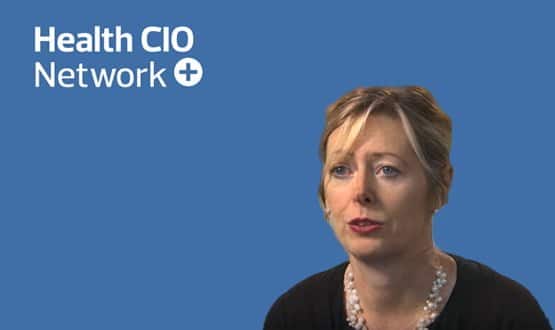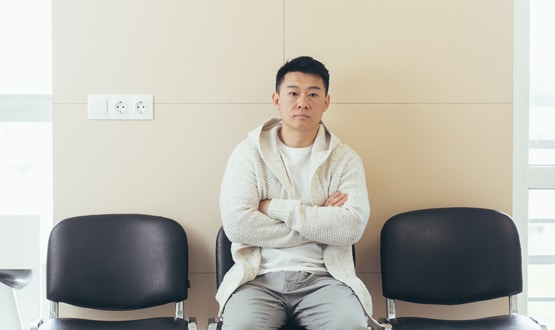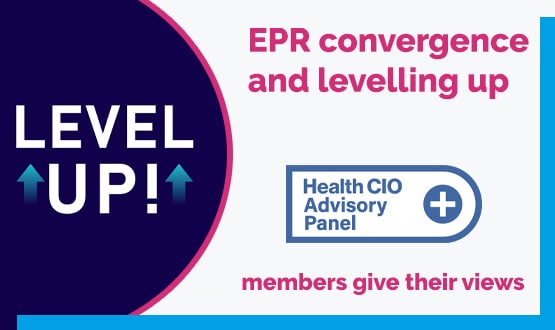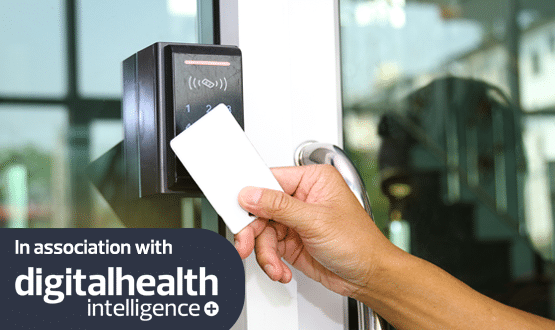The CIO interview: Phillipa Graves, Luton and Dunstable Hospital NHS FT
- 26 June 2017

Sitting in our CIO interview hotseat this time is Philippa Graves. The chief information officer at Luton and Dunstable Hospital Foundation Trust – one of the 16 acute global digital exemplars – explains why understanding business goals is so important, why she thinks allied health professionals need more recognition, and admits she can’t resist a vanilla latte.
Why did you become an NHS CIO?
I am fascinated by the impact technology has on the ability to provide better informed care. I have a clinical background and appreciate what a game changer it is and what opportunities it brings.
Within your organisation, what is the most significant digital achievement of the past 12 months?
EPMA (e-prescribing and medicines adminstration) deployment coupled with VDI (virtual desktop infrastructure) rollout. A hospital is a world which has different countries within it – all with their own culture and language. We will have deployed everywhere in the trust, a big achievement, and hope to extend to our step down settings. It has delivered all of the benefits described – this was so satisfying. Same system everywhere, but each area felt it was about them and was fully engaged.
What will be the most significant of the next 12 months?
Hopefully the linkage of all of the systems across our patient pathway – inside and outside the hospital – will bring about huge wins to the health economy and the patients we serve.
What’s the biggest barrier to being a more effective CIO?
Lack of funds and lack of dedicated clinical time to champion the business change needed to support the new opportunities for working differently. And the concept that technology is a back office function.
What’s the biggest barrier the NHS faces overall in achieving digital transformation?
We have thrown money at the front door A&E surges, and it has not helped longer term – the NHS now needs an overhaul or we are all in jeopardy. We need to completely redesign from the bottom up, forget protecting our own front yard and think whole system. Then link it up digitally in the most cost effective, robust but flexible fashion, and start managing the patient journey, not the organisation. We are a National Health Service – so now is the time to start thinking and acting like one. Our population and health challenges are changing. Aneurin Bevan’s brilliant vision needs an update if we are all to benefit going forward.
If you have one piece of advice for other NHS CIOs, would it be?
Understand your business and your corporate goals. Preach to the converted and not-so-converted about vision, technology and its opportunity to support new ways of working, but be clear it supports but does not define the new model.
Who in the NHS do you admire the most and why?
Radiology teams, and allied healthcare professionals in general. Their value in the patient pathway is often overlooked. They don’t always get the credit they deserve.
If you were given £30 million to spend on digital transformation within your trust, where would that money go?
Our IM&T strategy, supported by the global digital exemplar programme, delivers the added value innovation that we haven’t currently got in the clinical environment. But some of the £30m would go on joining up the infrastructure, harmonising the services and rewarding the talented IT professionals who support one of the most complex architectures 24/7 but have such poor pay scales compared to the private sector. The NHS should have an informatics function that is the envy of the world, attracting and retaining the best talent.
The rest of the money would be shared to achieve the interoperability and joined up infrastructure and staff training in the local health economy so we all benefit.
What is the most over-hyped digital innovation in health?
Big Data. It was always there, we just didn’t look or seem to understand how important it was until now.
What is the most under-rated digital innovation in health?
Mobile technology and wifi – so important to deliver on the go care whenever, wherever.
And a few non-digital questions, what’s the worst job you’ve ever had and why?
I worked in a fashion retail setting for two weeks as my first job, and I was put in charge of the changing room telling people how wonderful they looked. I have one of those expressive faces, so I had to transition to the sports shop next door, to which I was much better suited. Rugby boots either fitted or they didn’t!
If you could invite three people, dead or alive, to dinner who would they be?
In order to change the health paradigm we need to be strategic, use a bit of plot, plan, scheming, come up with a plan for delivering radical change, an implementation plan which is seen through, and capture the plan in a way that resonates with the whole nation. Therefore I would invite Alexander the Great for the clever and strategic problem solving approach, Winston Churchill for a steadfast delivery plan and leadership advice, and William Shakespeare to capture it in a plan that talks to everyone and will not be easily forgotten.
What’s the background image on your home computer?
El Capitan in Yosemite – beautiful but awe inspiring.
What’s your favourite piece of technology at home and why?
My Tassimo coffee machine – vanilla latte… yum. Followed by my high tech washing machine that I can control from an app on my phone – magic.
If you could have any other job, what would it be?
A lawyer. I like to debate, challenge and am a stickler for detail, fairness and integrity. I would probably be a prosecutor.
In a film of your life, who would play you?
I asked my daughter and her reply was Emma Thompson. It was an instant response – so I’ll go with her.





1 Comments
Any chance that Jeremy Hunt and his department will read this? You and all the team do a remarkable job for the NHS. Luton and Dunstable Hospital is in safe hands.
Comments are closed.